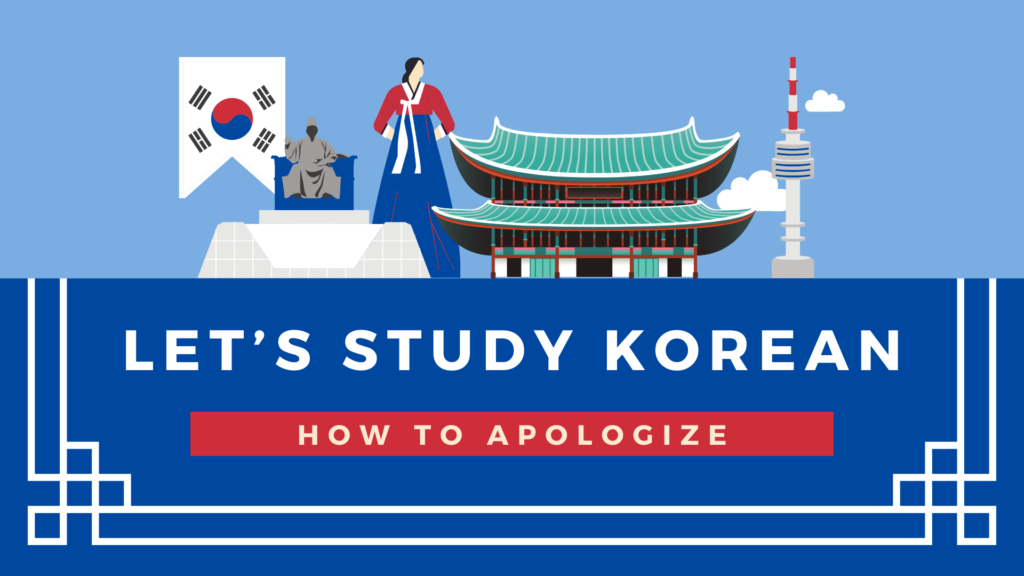Eating gluten-free in Korea is not easy at all because celiac disease is not widespread in the country, so there is little attention paid to this condition. However, finding gluten-free dishes is not impossible. In fact, rice, meat, fish, and vegetables abound in Korea. One just has to make sure that they are not prepared together with other ingredients containing gluten.
In this article, let’s look at some foods that will allow you to eat gluten-free in Korea as well!

Eating gluten-free in Korea
1. Yachae bibimbap (야채 비빔밥)
Yachae bibimbap, i.e., bibimbap (비빔밥) with vegetables (야채), is a rice dish with topping of different vegetables. They tend not to be cooked in soy sauce (which contains gluten), but just in case, you can always specify that you cannot eat it and to prepare it without it. You can use the expression:
저는 간장을 못 먹는데 간장 없이 만들 수 있어요?
Jeoneun ganjangeul mot meogneunde ganjang eobshi mandeul su isseoyo?
I can’t eat soy sauce. Can you remove soy sauce/not put soy sauce in the food?
On top of the bibimpap you can also choose whether or not to put a fried egg in the center. Important, however, is not to take the version of bibimbap with meat. It would in fact be bulgogi, which is beef marinated in soy sauce. Finally, it is better to also specify not to put chili paste. Sometimes it is served separately, while for many others, it is already put directly on the plate. So you can just ask the workers to serve without it: 고추장 없이 주세요 (gochujang eobshi juseyo).

2. Samgyeopsal (삼겹살) and moksal (목살)
Samgyeopsal and moksal are pork cuts to be grilled that are usually served raw and are then cooked directly by diners on a grill in the center of the table. They are generally never marinated beforehand, and by seeing the meat already when it is raw, you can be sure of what you are about to eat. Be careful, however, not to assume that you can eat everything in Korean barbecue cuisine. In fact, not all meat to be grilled is served unmarinated. In fact, another type of meat often found at Korean barbecue and it is called yangnyeom-galbi (양념갈비) and is marinated in a sauce that contains soy and therefore gluten. We therefore recommend playing it safe with samgyeopsal or moksal to eat 100% gluten-free in Korea.
3. Kimbap (김밥)
Kimbap is a roll of seaweed stuffed with rice and other ingredients. The filling to be included in addition to rice is varied and can contain with or without gluten. The most common types of kimbap that are definitely gluten-free in Korea are yachae kimpap (야채 김밥) and chamchi kimpap (참치 김밥), with vegetables and tuna, respectively. In any case, we recommend that you always take a look at the ingredients and choose those that suit your needs, but perhaps avoid meat that may have been marinated in soy sauce previously.

4. Korean soups
Meat soups are quite common in Korean cuisine. Some of them also contain noodles, but you can always ask not to put them in (“면 없이 주세요”, myeon eobshi juseyo). One example is gomtang (곰탕), a soup prepared from various parts of beef. Another very tasty and nutritious soup, however, is samgyetang (삼계탕), made with chicken, rice, ginseng and jujubes.
5. Cakes and desserts
How can we resist sweet treats? While most desserts contain gluten, it doesn’t mean you can’t find anything gluten-free in Korea. Let’s unravel three gluten-free dessert shops you can easily find in Seoul.
Located in Mapo-gu, Immu Bake Shop (이뮤 베이크샵) is a gluten-free and vegan bakery shop featuring many cake flavors. They also host baking classes regularly, be sure to check them out.
Conveniently situated in Seongsu-dong, Cafe Sosohage (소소하게) is a gluten-free bakery cafe selling a variety of fruit-flavored and seasonal cakes that you can choose from. Good to note that the cafe is closed on Mondays.
Sunny House Bakery in Itaewon is a dedicated gluten-free bakery in Seoul. Not just a place to enjoy desserts but they offer baking classes as well. For their dessert menu, they have gluten-free, keto, dairy-free, and vegan cakes for selection. Check out their Instagram page for more information and recipes!
Grocery shopping to eat gluten-free in Korea
In supermarkets, it will be easier to find gluten-free ingredients. In addition to the classic rice, vegetables, meat, fish, etc., rice noodles are also very common. In addition, in the Homeplus supermarket chain, there is an entire gluten-free department, in which it will be easier to make such purchases.

Foreign cuisine
Living in Korea does not necessarily mean giving up foreign cuisine, especially if it allows for gluten-free options. In fact, there are several restaurants that provide this option. One example is the 임실치즈피자 (Imshil-chijeu-pija) pizzeria, a chain with a presence in most of the country that offers the option of purchasing pizzas with rice flour dough.
Mexican restaurants, which are popular in Korea, also often allow you to order tacos with cornmeal and therefore gluten-free.
Another option might be Indian or Nepalese cuisine, also popular, which is mainly vegetarian and therefore gluten-free in Korea.
Ingredients to watch out for to eat gluten-free in Korea
In Korean cuisine there are three widely used ingredients to watch out for if you need to eat gluten-free in Korea. They are soy sauce (간장, ganjang), chili paste (고추장, gochujang) and soybean paste (된장, dwenjang). They are found very often indeed in various Korean dishes, and so, just to be on the safe side, if you go to a restaurant in Korea you can always specify that you cannot eat them:
저는 간장, 고추장, 된장을 못 먹어요.
Jeoneun ganjang, gochujang, dwenjangeul mot meogeoyo.
I cannot eat soy sauce, chili paste or soy paste.
You can also directly say that you have celiac disease:
저는 셀리악 병 가지고 있어요.
Jeoneun selliak byeong gajigo isseoyo.
I suffer from celiac disease (I have celiac disease).
However, many people do not always know what this entails, so it is better to further specify which ingredients you cannot consume. For added security, you can also show restaurateurs the Korean Gluten Free Restaurant Card, downloadable online for free, which explains in Korean the needs of a person with celiac disease.
We hope you found this article helpful! As you can see, eating gluten-free in Korea is possible, you just need to arm yourself with a lot of patience and pay attention to the ingredients. For more information, follow the blog of Go! Go! Hanguk and feel free to contact us about living and studying in Korea.















